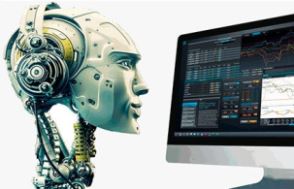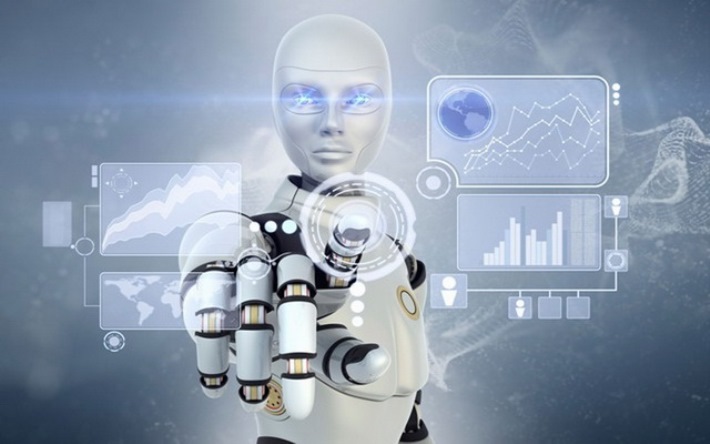Can you trust a robo-advisor in Forex?
Trading robots are no longer news to anyone. They appeared in trading a long time ago, and during their existence they acquired a double reputation.

On the one hand, experts note an increase in demand for robot assistants.
Thus, according to experts, the size of investments that will be managed by special programs in the coming years will increase more than 10 times, and will reach $8.3 trillion.
At the same time, distrust of robot advisors is growing, and for good reason.
There are already precedents when, due to the fault of programs, companies suffered multimillion-dollar losses; failures in their work even caused trading stops on stock exchanges.
So, let's figure out how such automatic systems work and whether they can be trusted.
The robot is what it is
The question of who is more effective – a person or a program – remains relevant to this day.
There is still no definite answer, since much depends on the case and the tasks that the trader sets for himself.

Correctly recognizing the situation and deciding which path to take is, in this case, the most important thing. Here's what you need to consider.
So, trading robots can be divided into two types: those who trade on their own, and those who only advise how to trade.
In the first group, the robot analyzes the received data and, based on it, makes a decision to buy or sell an asset. Another type of program analyzes the data and tells the trader about a situation when he could enter a trade.
Continuing our investigation, we will turn to the myths that are associated with the benefits of robotic trading.
Myth No.1 : thanks to trading advisors, a trader is not subject to emotional pressure and is not subject to stress. Thus, human errors are excluded.
This statement is incorrect. Even if trading is fully automated, the trader still monitors its performance. If a robot trader trades in the red, then the trader will also worry about this and experience stress, which may cause interference with the program’s operation.
As a result, we have the same mistakes that a trader would make if he were trading without the support of the program.

Myth No. 2: A robot can calculate the likely profit.
And again incorrect. There is no robot that can make money in any market. All assistant programs are highly specialized. Some trade flat, others trade in trends, and others are intended for scalping. While they make money in one, they lose in the other.
So even a profitable robot can suddenly start draining the deposit. As the saying goes: “past earnings are no guarantee of future ones.”
What then are the advantages of a trading robot?
Firstly, it's speed. When the program both analyzes and opens a trade, it makes a decision within milliseconds.
This means that the advisor will have time to make transactions at the best prices. If the broker also has a high speed of order execution, such as the company AMarkets , where an order is opened in 0.03 seconds, then the advantage of the advisor becomes undeniable, especially when scalping.
Let's move on. Using an advisor, it is easy to predict the “drawdown” or loss on an account. After all, every robot has its own “Achilles’ heel,” and knowing when it will happen, or noticing its first signs on the market, you can put the robot in standby mode until a new favorable moment comes.
Robo-advisors are most trusted in the United States, where they are trusted with more than $44 billion in assets. Next comes China, where advisers manage $27 billion.
The third place is in the UK, where the robo-advisor Nutmeg manages $750 million. The list ends with Russia, where robots control no more than $15 million.
If you still decide to trust the robot, then check its main parameters: are the results of the advisor’s work freely available, what are the maximum losses within the strategy, what kind of profitability can be expected.
If this information is not disclosed by the creator of the robot or is not supported by statistics, then think about whether it is worth investing in a “dark horse”.
So what do we have? A trading robot is better equipped to save and increase a deposit than a trader. At the same time, there are no completely independent advisors, and each individual robot requires, at a minimum, passive observation.
You need to trust your advisor, and knowing his strengths and weaknesses, intervene only in extreme cases.
